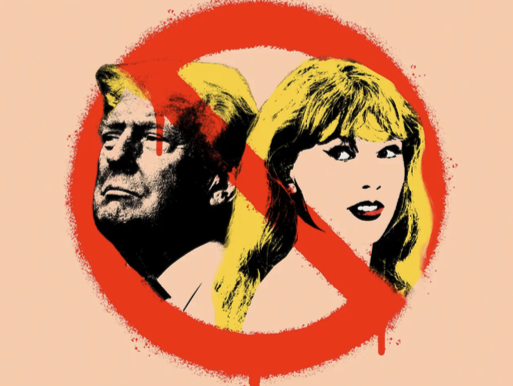Latest News
Brands are so scared of culture wars and controversy that it's ripping apart the media business | Business Insider August 2024
Brands are so scared of culture wars and controversy that it’s ripping apart the media business

Elon Musk’s X lawsuit led to the closure of the Global Alliance for Responsible Initiative.
Conservatives see this as a win for free speech against liberal media watchdog groups.
But brand safety practices have hurt publishers across the political spectrum.
High-profile conservatives took a victory lap this month after an antitrust lawsuit led by Elon Musk’s X, which alleged an ad trade group and its members illegally conspired to shift dollars away from the platform, resulted in the closure of the advertising initiative the Global Alliance for Responsible Initiative.
For many of these high-fiving observers, the triumph wasn’t merely that GARM — a two-person operation whose mission was to create common definitions around areas like hate speech and misinformation — had been toppled. It was a victory for free speech and, ultimately, a win for right versus left.
Since at least the 2016 election of President Donald Trump, conservative outlets have argued that liberal-leaning activists have pressured advertisers to boycott their sites. But the rise of the marketing practice known as “brand safety” hasn’t just hit conservative outlets. It’s dealt a revenue blow to publishers across the political spectrum.
Initially fearful of inadvertently funding hate speech, terrorism, or online piracy, many advertisers’ brand safety strategies now involve avoiding news and politics altogether.
“The left recentered the ad market,” said Alex Marlow, the editor in chief of Breitbart News, in a recent video interview with the conservative media and advocacy group PragerU. “The positive, the silver lining, is that they ended up doing far more damage to themselves than they ever did to Breitbart.”
Now, as advertisers grow evermore fearful of appearing next to anything controversial, many ad industry insiders, as well as publishers on both the left and right, feel there’s something fundamentally broken about the system.
“Whether you’re X, or a liberal publisher, or News Corp., this thing just got out of hand,” said Mark Penn, chief executive of the marketing company Stagwell Group.
The shift from advertising across 20 publishers to 44,000
It wasn’t always this way.
When Rishad Tobaccowala, a former top Publicis Groupe executive and 40-year ad industry veteran, first began buying advertising in the 1980s, there were only around 20 media owners to purchase from, across TV, radio, print, and billboards.
With a limited number of outlets, mostly producing professional content, controversies about ad placements were rare. If problems did arise, there’d be a person at the end of the phone to negotiate with.
“The biggest thing there was airlines taking down all their advertising if there had been an air crash,” Tobaccowala said.
The landscape today is dramatically different. Marketers now spend the majority of their budgets on digital advertising, and the average campaign runs across 44,000 websites, according to a December study from the Association for National Advertisers. Marketers don’t self- select these websites, but instead instruct their ad vendors to target specific audiences, wherever on the web they may be browsing.
It opened up a world where every ad impression was treated equally, regardless of where it appeared. As the use of automated ad buying grew, major advertisers began finding their ads in the murkiest corners of the web — porn sites, illegal torrenting services, videos depicting gratuitous violence, and more.
This led to the rise of the brand safety industry. Companies promised to reduce marketers’ risk by using software to scan a webpage’s content and prevent their ads from appearing on anything unsuitable. Marketers created blacklists of sites they wanted to avoid and whitelists of sites they approved.